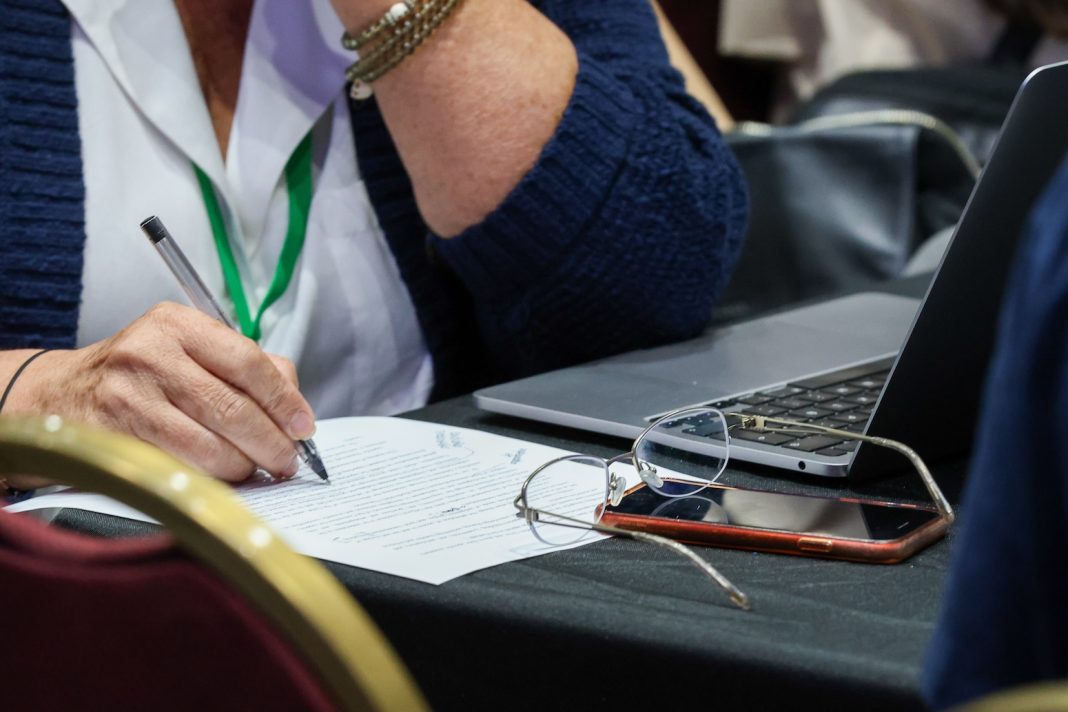Delegates are descending on Cali, Colombia for the first set of biodiversity negotiations since the world’s nations agreed a landmark deal in 2022 to “halt and reverse” nature loss by the end of the decade.
Over the course of hundreds of hours throughout the next fortnight, negotiators from 196 parties will confer – and sometimes clash – over the contents of dozens of legal texts that make up the decisions under the UN’s Convention on Biological Diversity (CBD).
In parallel, delegates will be negotiating decisions surrounding two supplemental protocols to the CBD: the Cartagena Protocol, which covers biosafety; and the Nagoya Protocol, which covers access to – and benefit-sharing from – the use of genetic resources.
(The Cartagena and Nagoya Protocols each have fewer parties than the CBD as a whole, with 173 and 141, respectively.)
Just as the CBD is governed by a Conference of the Parties (COP), the Cartagena and Nagoya Protocols are each governed by a Meeting of the Parties (MOP).
The Cali summit, which starts on 21 October, is the 16th meeting of the COP, the 11th meeting of the Cartagena Protocol MOP and the fifth meeting of the Nagoya Protocol MOP.
Carbon Brief will be scrutinising each new draft negotiating text as it is published, analysing the texts for areas of disagreement and updating the interactive table below in near-real time throughout the two-week summit.
The table also includes “outcome” documents from three subsidiary body meetings: the 26th meeting of the subsidiary body on scientific, technical and technological advice (SBSTTA) and the fourth and fifth meetings of the subsidiary body on implementation (SBI).
These texts are forwarded to the COP and the MOPs and serve as the basis for negotiations on specific agenda items.
From left to right, the first three columns of the table indicate the body each document falls under (the COP itself, SBSTTA, SBI, the Nagoya Protocol or the Cartagena Protocol), a brief description of the topic of each document and the date when the document was posted online.
The next four columns show the length of each document, the number of brackets and the number of options or alternatives in each and any notes on the texts.
The final column provides a link to the document on the CBD’s website.
Readers can filter the table by topic, search for keywords using the text box or reorder the entries by date or other columns.
In UN texts, square brackets are used to denote phrasing that parties have not yet agreed on.
A negotiating draft may instead lay out a set of “options” or “alt” text, which gives the delegates a choice between multiple text elements.
A large number of options or brackets is often an indication that the text is subject to a high level of disagreement between the parties. The table is colour-coded according to the number of remaining brackets, from dark green (zero brackets remaining) to red (many).
This table and article will be updated with further features and analysis as the summit progresses.
Sharelines from this story


